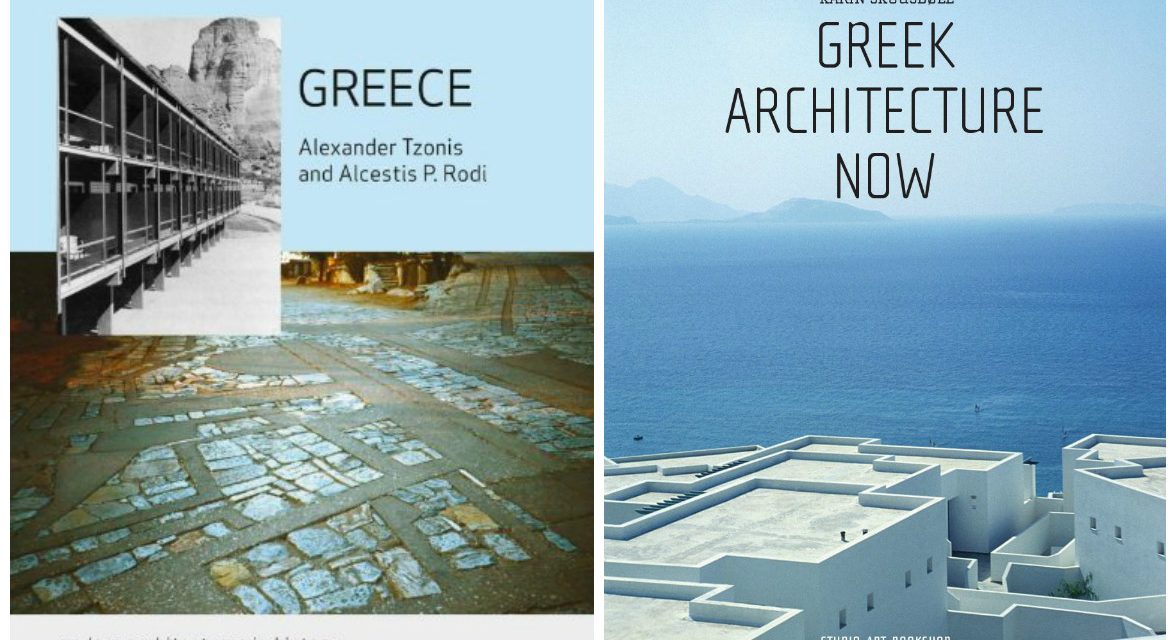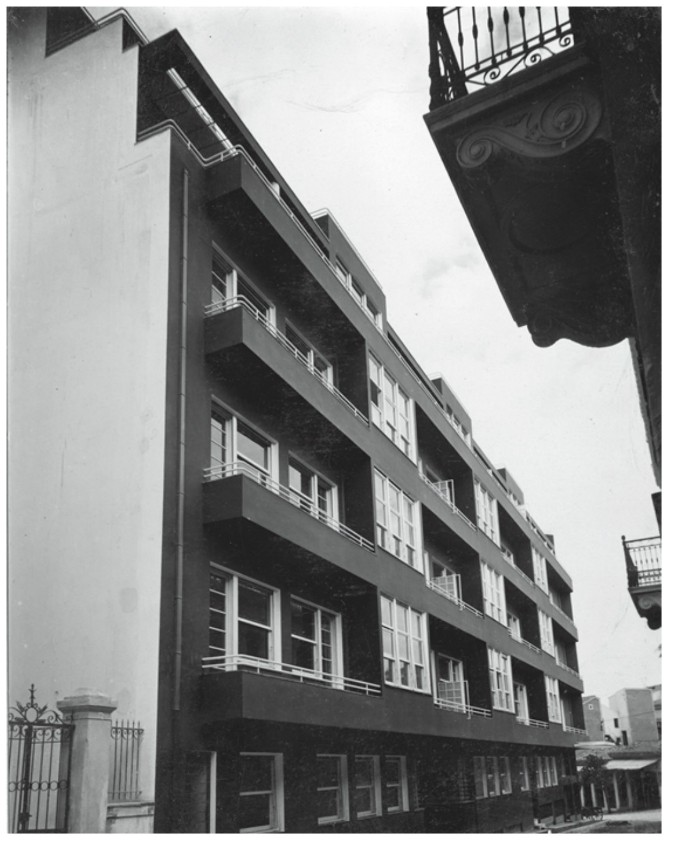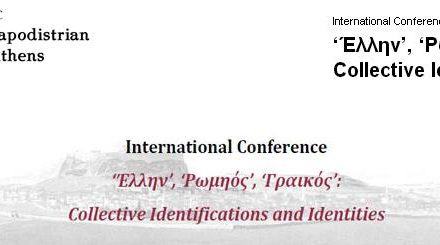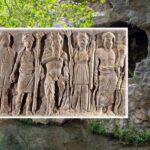Despite its glorious past and Athens’ position as the oldest capital in Europe, in architectural terms Greece is a mainly modern nation. The study of Greece and its modern architecture offers insights into many current architectural debates about globalization versus regionalism, community participation versus centralized control, universal values versus Balkanization, one-dimensional, libertarian, short-term economic growth versus normative planning that aims for social and environmental prosperity in the long run.
Greece adapted modernism from the 1930s and refound with enthusiasm the modern style during the 1950s – 60s, but even so the national aspects and the presence of the classical/neo-classical icons repeatedly evoked an ideological battle between the «traditionalists» and the «modernists». The best architects – then as now – master to combine the current international trends with a signature Greek expression. Contemporary Greek architecture deserves a greater international attention.
Buildings and landscape: A Scadinavian viewpoint
Greek Architecture Now (Karin Skousbøll, Studio Art Bookshop, 2006) is an introductory investigation into contemporary Greek architecture written immediately after the Athens Olympics (2004) to provide an understanding for its essential characteristics based on the historic, cultural heritage of Greece.
Particular chapters include “Past and present of Greek architecture”, “Athens – urban development”, “Attica and the sites of the Olympic games 2004”, “Thessaloniki – urban development and actual perspectives” and as well as chapters on special cases: “Northern Mainland”, “Middle Mainland”, “Southern Mainland”, “Islands: Cyclades and Crete”.
Karin Merete Skousbøll is an architect based in Copenhagen, Denmark and specialized in the study of Mediterranean architecture. Greece attracted her attention as both an ancient and new country with an indigenous version of modernism. She stresses that the primacy of the relationship between building and landscape is the icon and hallmark virtue of Greek architecture (in antiquity, the 1930s, 60s and 90s to now).
A Historical Account: Critical regionalism
Greece: Modern Architectures in History (Alexander Tzonis & Alcestis Rodi, Reaktion Books, 2013) is the first study to cover modern Greek architecture until the 2009 economic crisis. The book provides a thorough critical account of modern and contemporary architecture in Greece.
Alexander Tzonis and Alcestis Rodi present the ambitious Neoclassicist projects thought appropriate for a new nation that followed from the establishment of the Greek state in the 1830s before explaining the rise and stylistic development of civic, school and university buildings in the later nineteenth century and after, as well as notable hotels, factories, offices, private homes, apartment blocks and other building types designed by a variety of Greek architects.
During the twentieth century, Greece sought to construct a new architectural identity inspired both by regional traditions and the modern movement. In the early 1980s Alexander Tzonis and Liane Lefaivre coined the term “critical regionalism,” a concept that describes new architecture inspired by local materials and building traditions of a place without reverting to nostalgic recreations of past forms. Alexander Tzonis and Alcestis Rodi discuss critical regionalism within Greece as evident in the work various architects. Projects by architects including Dimitris Pikionis, Aris Konstantinides, Takis Zenetos and Constantinos Doxiadis, are discussed alongside designs by many other lesser-known practitioners.
Unfolding chronologically, each chapter is organized around a central theme: 1. Architecture of Revolution (c. 1830–1880); 2. “Forward”: Infrastructure, City Plans and Buildings (c. 1880–1922); 3. Open Wide Windows, Let the Sun Come in! (c. 1930–1936); 4. Hard Times: The Third Hellenic Civilization, War and Reconstruction (c. 1936–1950s); 5. Halcyon Days (1950s–1967); 6. Architecture of the Junta (1967–1974); 7. Modern Architecture Comes of Age (1974–c. 2010); 8. Whither Young Architect?
- Read more: Karin Skousbøll’s interview by Nikos Vatopoulos (2007); Eleni Bastéa: Greece: Modern Architectures in History by Alexander Tzonis and Alcestis P. Rodi (2014)
- See also: Athens: An Architecture Map; Athens’ Contemporary Monuments Database; Athens: Discovering Contemporary Architecture; Konstantinos Papaoikonomou: Xenia reloaded (2014); ‘Arcades’: Hidden Treasures in Athens; Athens: an art deco Mediterranean capital?
TAGS: HERITAGE
















